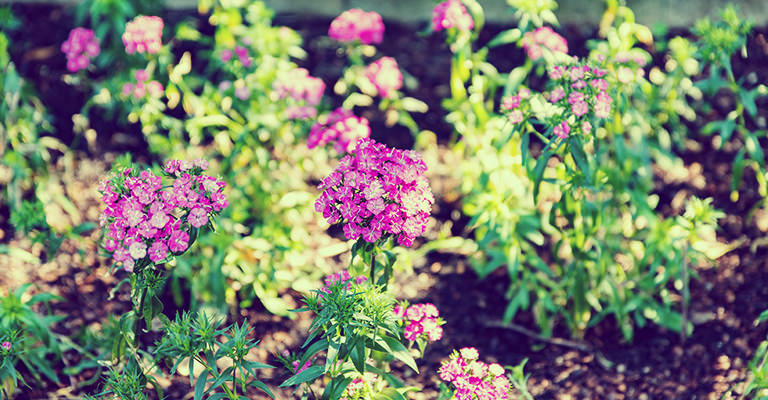
There’s no doubt that most plants love sunlight, but shade-loving plants have a special place in the garden. Look at it this way: A bit of shadow offers cool respite on hot days and provides a protective environment for many stunning plants that can’t tolerate intense sunlight.
Before you decide what to do with that shadowy area in your landscape, it helps to understand exactly what type of light and shadow you’re working with. The differences can be considerable, and may make the difference between success and failure.
Full sunlight
A location that receives direct sunlight all day, with no shadows, is considered to be full sunlight. Some plants thrive in full sunlight, but depending on climate, the light may be too intense for many plants. Plants that thrive in intense sunlight include:
Partial shade
This is a confusing concept for most gardeners, but as a general rule, partial shade is defined as a location with up to six hours of direct sunlight, with at least four of those hours occurring during the morning. Because direct afternoon sunlight is limited, partial shade is the best situation for a large number of plants. Consider planting:
Dappled or filtered sunlight
Sunlight filtered through a tree with open branches, loose leaves, or small leaves provides dappled light. Similarly, sunlight shining through a latticework fence or other structure also provides dappled light. This condition, often seen in woodland environments, works well for:
Full shade
A location that receives no direct sunlight is considered to be full shade. The only light available to plants is that provided by indirect or reflected light.
Full shade is often found under dense or closely spaced shrubs or evergreens. Plants that perform well in full shade (with reflected light) include:
Dense shade
This light condition is similar to full shade and the two terms are often used interchangeably; however, plants receive no direct sunlight and no (or very little) indirect or reflected light. Dense shade is often found under the canopy of a large, dense tree, or where light is blocked by a deck or other structure.
Dense shade is an extremely difficult situation for most plants. However, plants like black mondo grass, caladium and certain types of ferns may be successful here.
Subscribe to our newsletter to receive our gardening tips, news and more directly in your inbox! Fill in the form below. Please note that fields with an * are required.